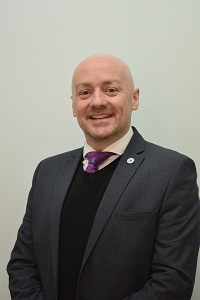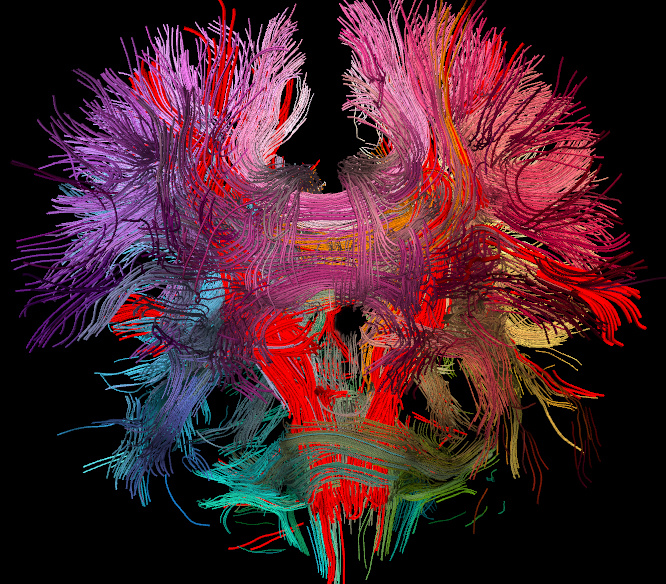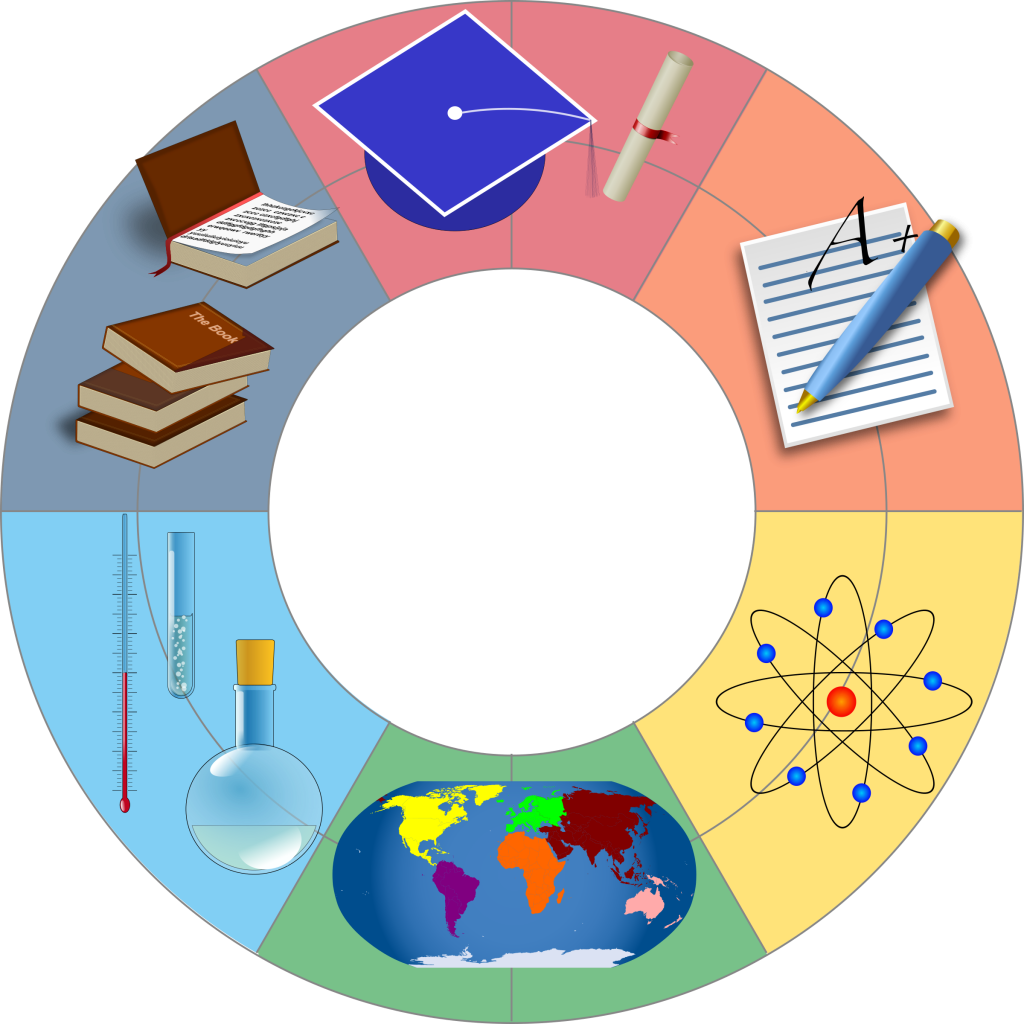And now for the first in a new series of blogs where we ask teachers about their experiences of accessing and using research. We are thrilled that our first teacher-chat is with Mark Enser.
Mark is a key stage 3 geography teacher, Head of Geography, and Research Lead at Heathfield Community College in East Sussex.
He tweets @EnserMark and blogs at www.teachreal.wordpress.com.
His first book, Making Every Geography Lesson Count, is soon to be published by Crown House.
Mark, thank you for taking the time to answer our questions. Firstly, how do you keep up-to-date with the latest education research?
It is very difficult to keep up to date as there is so much being produced and so much of variable quality and of variable practical use. I am a member of The Chartered College of Teachers and have found Impact to be very useful and the access to academic articles online invaluable.
I also attend education conference such as ResearchEd and read books on education. I follow up the references in footnotes and check out the original research for myself. I also make use of the EEF toolkit and again follow up by reading the research they have used. TES (formally Times Educational Supplement) are also running more and more articles about education research and Jon Severs Pedagogy Podcast in which he interviews academics is excellent.
Is it important to you whether the research uses particular methods (eg neuroscience, classroom-based)?
I need to be able to see an application for the research in a classroom setting but this doesn’t mean the research has to have come from a classroom. I think findings from neuroscience can be very useful to teachers and it is something I wish my training and early-career CPD had focused on more.
Could you tell us how research has influenced your teaching?
The main way that research has influenced by teaching is to simplify what I do. It has allowed me to cut out a lot of the complications that made my teaching less effective and efficient. I no longer try to plan activities to take into account different learning styles or try to differentiate learning objectives. I started to teach at a time in the early 00’s when it felt that a lot of what we did in the classroom was done to please various outside observers and to meet their criteria for what a good lesson would look like. Reading research has given me the ability and confidence to strip away a lot of the bad practice I was trained in.
Reading and applying research has helped me to make my explanations more memorable and I use principles of dual coding to help support working memory. I also use more structured retrieval practice to make sure that pupils are recalling material from much earlier in the course and not assuming that because they have done it they have learnt it.
What do you think researchers should focus on next (i.e. what are the gaps in our understanding, from a teacher’s perspective?)?
I would interesting in seeing more research into high and low achieving pupils and understanding more about the difference. When does the gap between them begin, what causes it, and what can be done to close it?
I would also like to see more work done on the transition between key stages. It feels as though a lot of what was learnt at primary school is unavailable to pupils when they arrive in a new setting. I hear from teachers in further and higher education that much is the same for pupils leaving secondary school. I think anything that can improve retention between schools could lead to a dramatic improvement in education. We just need to know what those thing are!
Do you have any suggestions of how communication and collaboration could be improved between teachers and education researchers?
The first issue is access. Too much research is expensive to access. If we want an informed profession it needs to be free to teachers.
Secondly, we need to find a way of bringing useful research into schools. There is a huge amount out there and teachers at the chalk face don’t have the time to sift through it and search for the pearls. Research leads in schools can help with this as they can be given the time and space to do this searching and disseminating. It would be useful if researchers can get access to the contact details of research leads to improve communication.
Thirdly, teachers need to be given time for this communication and collaboration with researchers. A teacher’s time is expensive and with crushing real time funding cuts coming from central government it is hard to see how many schools are going to manage to give staff the time to sit and read and discuss.
It would be useful if education researchers got on twitter and started blogging and discussing their work informally with teachers. Although they may initially be talking to a small group of the profession, it will help to get their work out there more widely.
Please could you describe a research-informed idea that you feel has had a positive impact in your classroom, so that others could try it as well if they feel it’s relevant.
Retrieval practice has made a huge difference to my pupil’s ability to retain information to use. I usually start a lesson with a short quiz and ensure that the questions go back over several previous topic. This means that pupils are having to think back and bring something back into their working memory, making recall in the future easier. However, I also make sure that the questions relate to the work they are about to do. This helps to make this new learning’s place in their schema more explicit and helps to avoid the misconceptions that arise when new learning is de-coupled from what has gone before.
Although I keep the quizzes low stakes, I do go through the questions and ask for a hand-up for who got that question right. I allows me to quickly ascertain any gaps in their knowledge and anything that might need re-teaching before I move on.
Thank you very much for your time!








